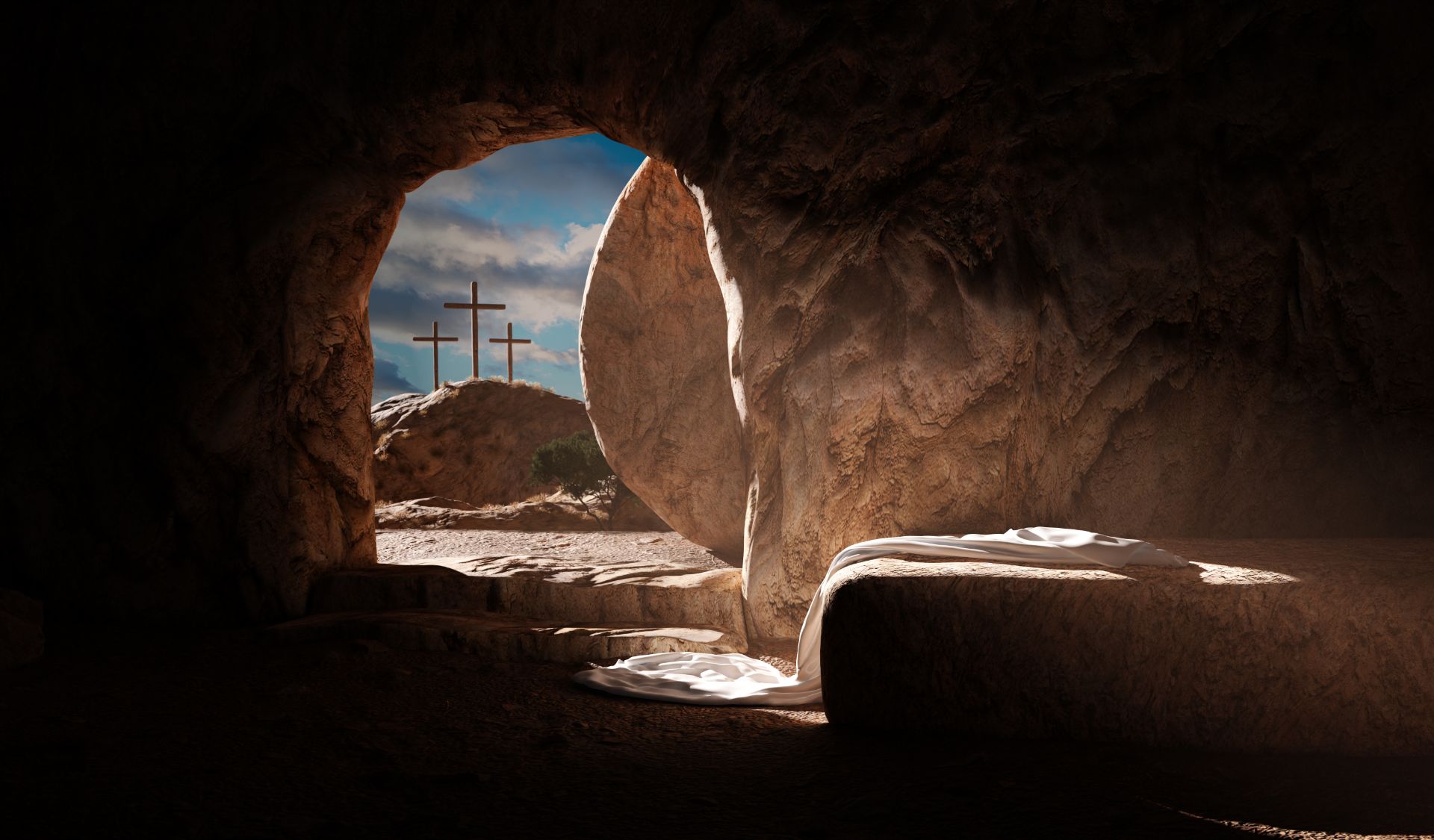The cross of Jesus of Nazareth perfectly captures the absolute essence of the Christian faith. No other symbol in the history of the world can remotely compare to the cross of Jesus in its universal and lifegiving significance.
The Cross – The Centre
For all three major branches of Christianity—Roman Catholic, Orthodox and Protestant (with its emergent myriad denominations and movements)—the crucified Jesus is the absolute centre of the faith.
We will never comprehend the Apostle Paul until we grasp why he says, “May I never boast except in the cross of our Lord Jesus Christ, through which the world has been crucified to me, and I to the world.” It was for his preaching of the cross that Paul was gladly willing to be persecuted (Gal 6:12, 14).
Engaging the worldly-wisdom intoxicated Corinthians, their founding pastor cried out, “For I resolved to know nothing while I was with you except Jesus Christ and him crucified”, fervently reminding them that the crux of his message was always “Christ crucified”, the irreplaceable foundation of the church (1 Cor 1:23; 2:2; 3:11).
Fleming Rutledge, in her magnum opus The Crucifixion: Understanding the Death of Jesus (2015), declares, “Without the cross at the centre of the Christian proclamation, the Jesus story can be treated as just another story about a charismatic spiritual figure. It is the crucifixion that marks out Christianity as something definitively different in the history of religion. It is in the crucifixion that the nature of God is truly revealed” (page 44, author’s italics).
Major religious systems are mostly built on the life and teachings of their founders and leaders. However, the Christian faith surprisingly centres in on the dreadful death and the subsequent resurrection of the Lord Jesus.
Hence the cross of Jesus, in all its horror and grandeur, has over the centuries been the subject of the devoted proclamation of the church, in word and in diverse art forms, and has served as the basis of its call to live the cruciform lifestyle.
Christian disciples soon realise their dire need to comprehend, and be seized by, a deeper understanding of the cross. The blood-stained cross of Jesus then becomes the impetus for numberless acts of loving and sacrificial devotion that plant God’s kingdom flags all over the globe. Down through the centuries, even to our day, a worldwide army of Jesus’s servants march to a different drumbeat as they follow the slain Lamb wherever he leads them.
Like the multifaceted brilliance of a well-cut diamond, our understanding of the cross need not be limited to one favourite theme or one privileged “theory of atonement.
Entering into the Depths
What does the cross signify? Why did the Messiah Jesus have to be tortured to death? Perhaps a believer in the pew would state, and rightly so, “Jesus died for my sins.” That would be in line with Paul’s confession of being “crucified with Christ . . . the Son of God, who loved me and gave himself for me.” (Gal 2:20) However, there is infinitely more to the meaning of the cross than that simple affirmation.
While we recognize that believers cannot exhaustively grasp the full mystery of the cross, we can still hope to substantially grasp its central import. Thus, a multitude of preachers and theologians (like Apostle Paul and Fleming Rutledge), writers of songs and fiction (like Charles Wesley and R. R. Tolkien), work tirelessly to let us into the grand and expansive mystery of our faith in the crucifixion of our Lord Jesus Christ.
Within the biblical narratives, climaxing in the death and resurrection of the Messiah Jesus, we can discern multiple themes that clarify the divine purpose of the crucifixion. These multidimensional perspectives reveal how God’s merciful purposes are fulfilled in the humiliating death of the Son of God. Like the multifaceted brilliance of a well-cut diamond, our understanding of the cross need not be limited to one favourite theme or one privileged “theory of atonement.”
We must not make the mistake of hurrying to embrace the glory of the resurrection before we have squarely faced the horror of the cross, the only way God could deal with the gravity of sin, death and evil. God rectifies his creation, marred by the evil powers of the world, by the cross and resurrection, and by ushering in the new creation in the Spirit.
The cross of Jesus ultimately fulfils the Israelite Passover and the Exodus, now made available to all people (Luke 9:31; 1 Cor 5:7). On that bloodied Roman cross, the Lamb of God takes away the sin of the world (John 1:29, 36). He dies on behalf of ungodly sinners, to reconcile God with his enemies (Rom 5:6, 8, 10). Jesus emerges victorious (the Christus Victor theme) by overthrowing the enemy powers of sin, death and Satan. The righteousness of God—his rectifying power—is revealed in the cross of Christ.
Foundationally, on the cross “God was reconciling the world to himself in Christ, not counting people’s sins against them” (2 Cor 5:19). The writer to the Hebrews says that Christ offered himself to God through the eternal Spirit (Heb 9:14). In some marvellous and mysterious way—too deep for me to adequately articulate—on the cross, God’s beloved creation was being redeemed and drawn into an everlasting fellowship with the triune God.
Jürgen Moltmann in his influential book, The Crucified God, wrote about the cross of Jesus as the sure foundation of Christian hope. God enters into and participates in the suffering of his creatures, so as to ultimately redeem them. The tormented world cries out, “Where are you, God?” God answers: “Behold the cross!”
Jesus is the Immanuel in solidarity with the world in its horrors and unbearable miseries. The Servant Messiah has climactically revealed God to us (John 1:18). “He was despised and rejected by mankind, a man of suffering, and familiar with pain” (Isaiah 53:3).
The Suffering of the Disciples
That brings us to another central tenet of the Christian faith: Jesus asks his disciples to carry their own cross and follow him. This crystal-clear call is repeated throughout the New Testament writings. Believers are granted the privilege of participating in the sufferings of Christ—something Paul fervently seeks (Phil 1:29; 3:10). And sure enough, his apostolic call was forcefully marked with manifold sufferings (Acts 9:16; see the tribulation lists in 2 Cor 4:7–12; 6:3–10; 11:23–33). Furthermore, Paul rejoices at every opportunity to suffer on behalf of Christ and the church, the body of Christ (Col 1:24).
This desire to participate in the life of the cross still moves millions of disciples to bear the cross on behalf of suffering multitudes. Toyohiko Kagawa dedicated his life for the rights of labourers and women, living for a while in a slum in Kobe, Japan. Graham and Gladys Staines poured out their lives to serve lepers and poor tribal communities in Odisha. He and his two young sons ended up paying the ultimate price—being burnt by a mob. And the list goes on.
In this counter-intuitive path of the kingdom of God, the cross is the total victory of God over evil and on behalf of the world. Christians who are grasped by this reality, begin to see their role in God’s redemption of the world. They willingly enter into the sufferings of the powerless and exploited. They follow the slain Lamb of God, sacrificially pour out their lives for others—participating in Christ’s solidarity with the poor, dispossessed and desolate of the world.
May God enable us by his Spirit to follow the Lamb of God!






